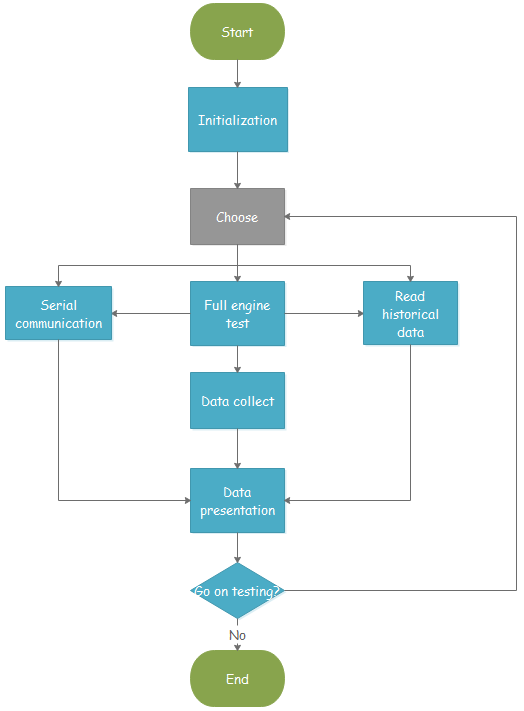

- #How to make a computer program that follows a flowchart software#
- #How to make a computer program that follows a flowchart code#
To solve this problem, we propose a novel source code similarity detection approach for computer programming teaching using process mining. Thus, existing approaches cannot cope with the above complex obfuscation techniques. The main reason for this problem is that existing approaches measure code similarity only by the static features of the source code, such as the text or structure, and they do not consider the runtime dynamic features of the source code. However, existing approaches cannot handle these complex obfuscation techniques. In computer programming teaching, students sometimes use some complex code obfuscation techniques, e.g., opaque predicates, loop unrolling, and function inlining and outlining, to reduce the similarity between code fragments. However, the antiobfuscation effectiveness of these approaches is weak because they can only deal with some simple code obfuscation techniques. To support code similarity detection, most existing OJ systems use string-based and tree-based detection approaches. Meanwhile, OJ uses the code similarity detection tool to find the plagiarism in programming assignments. In the current teaching of computer programming courses, the online judge (OJ) system that implements online submission and automatic assessment of the programming assignments has been widely used. Structure metrics are most commonly used approaches that mainly contain string-based, tree-based, and graph-based code similarity measure approaches. Existing source code similarity detection techniques mainly involve attribute counting and structure metrics.
#How to make a computer program that follows a flowchart software#
Research studies on source code similarity detection can be tracked back to the 1970s, and such techniques have a wide range of applications in the source code plagiarism detection of computer programming teaching and software intellectual property protection. Therefore, we argue that our approach can defeat commonly used code obfuscation techniques more effectively for source code similarity detection than the existing state-of-the-art approaches. Experimental results show that the proposed approach can deal with more complex obfuscation techniques including opaque predicates and loop unrolling as well as function inlining and outlining, which cannot be handled by existing work properly. Finally, similarity of the two pieces of source code is measured by computing the similarity of these two flow charts. Next, process mining is used to obtain the flow charts of the two pieces of source code by analyzing their collected running logs. More specifically, given two pieces of source code, their running logs are obtained by source code instrumentation and execution.

In this paper, we propose a novel source code similarity detection approach by considering the dynamic features at runtime of source code using process mining. Existing source code similarity detection approaches only consider static features of source code, making it difficult to cope with more complex code obfuscation techniques. In the teaching of computer programming courses, students may utilize some complex source code obfuscation techniques, e.g., opaque predicates, loop unrolling, and function inlining and outlining, to reduce the similarity between code fragments and avoid the plagiarism detection. Source code similarity detection has extensive applications in computer programming teaching and software intellectual property protection.


 0 kommentar(er)
0 kommentar(er)
